
About This Quiz
Think you're a bit of a legend on the road? Know the perfect technique for a three-point turn, and execute your parallel park perfectly every time? This Aussie road rules test is exactly what you need!Â
Australian road rules bear many similarities to British road rules, particularly when it comes to basics like driving on the left side of the road. However, Australia also has plenty of unique conditions that make its road rules rather interesting. On top of this, the road rules also vary from state to state and territory to territory. For example, New South Wales is known for its harsh rules toward young drivers, while some parts of the Northern Territory are a complete free-for-all when it comes to speed limits! On top of this, cities like Melbourne and Sydney also have other factors like trains and trams to look out for when on the road. Finally, all Australian drivers need to look out for our local animals, like kangaroos and wombats that tend to wander out onto the road, as well as harsh weather conditions that may cause roads to be flooded or otherwise inaccessible.
Are you across all your Australian weather conditions, native animals and overall road rules? Take this quiz to see if you'd be a good driver across its states and territories!

A dotted single line means you may cross the lines to enter or leave the road or overtake another car if safe to do so. On the flipside, an unbroken or solid line means you may not overtake or turn.
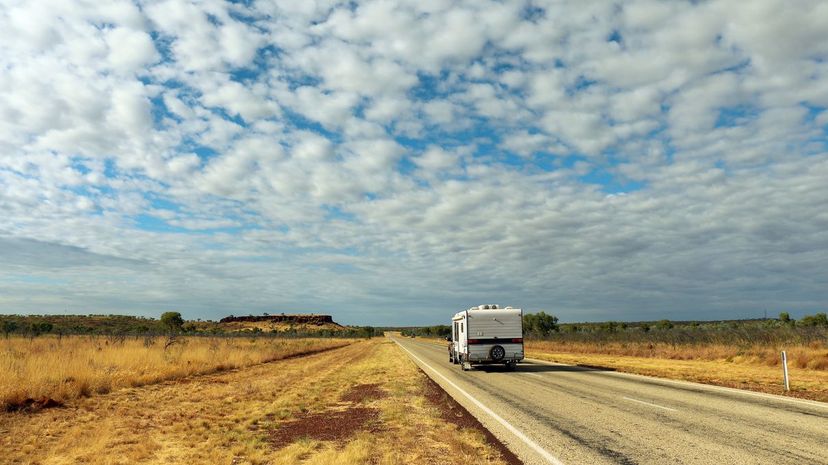
In Australia, drivers must stay on the left in all scenarios possible. Depending on the road markings, they may come to the right lane to overtake, or if turning right. Otherwise, driving on the left is the default.

In Australia, the basic rule of thumb is that you must give way to all vehicles on your right when entering a roundabout. This tip is especially useful if you are visiting Canberra, the city known for roundabouts!
Advertisement

While many people don't follow the stop sign rule properly, drivers are actually required to come to a complete stop, then check if the coast is clear. This means your head should hit the headrest when you stop.
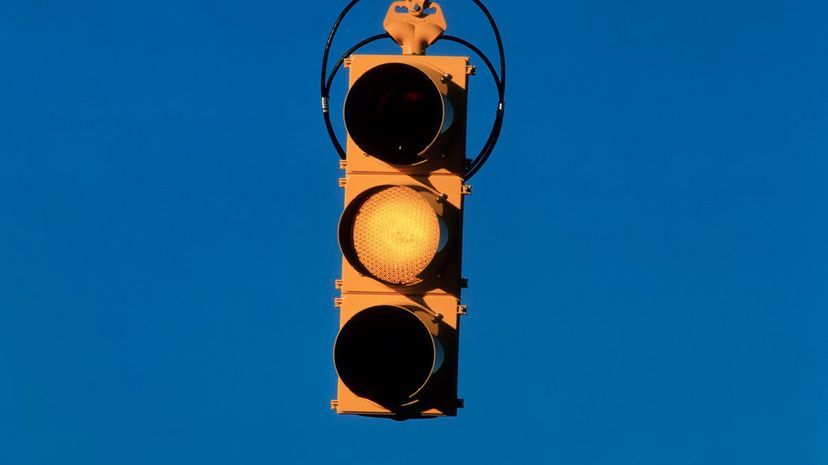
While many people see the amber light as an indication that they should speed up to make it before the light turns red, it actually means you should prepare to stop. This means slowing down so you can come to a complete stop when the light turns red.
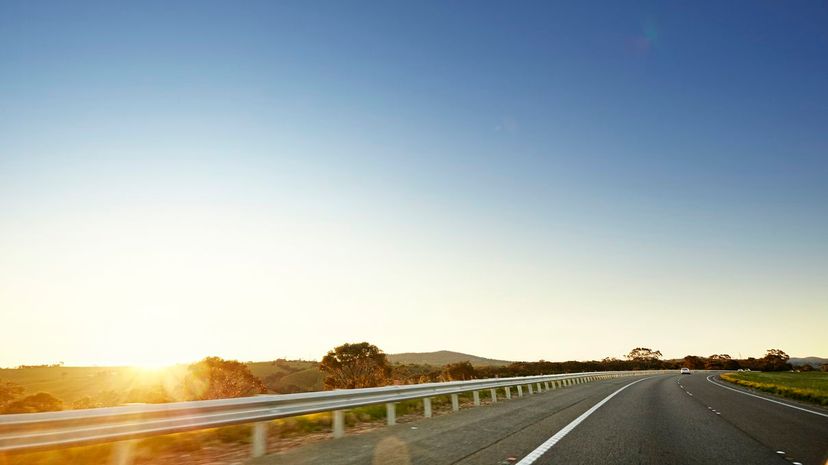
The default speed limit in Australia for built-up areas is 50 kilometres per hour. In the Northern Territory however, the default is 60km/h. In school zones throughout the country, it is generally 40km/hour.
Advertisement
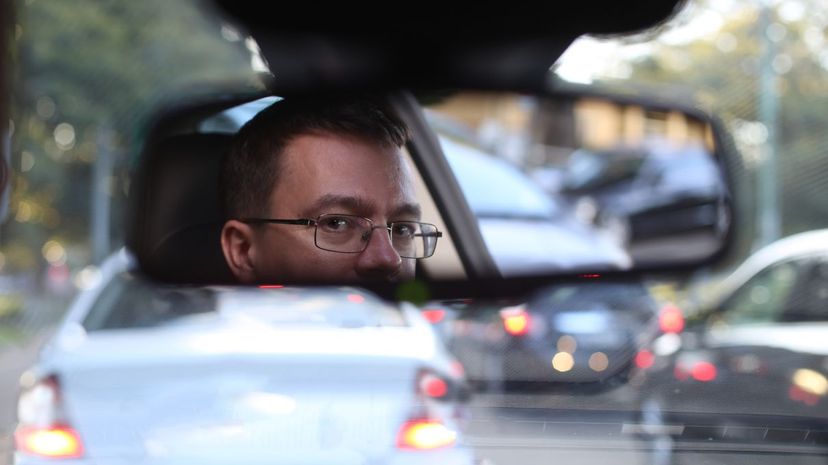
If a driver is trying to overtake you, it's prudent to maintain your speed so as not to cause confusion and risk an accident. If you were travelling under the speed limit, try to drive at a more appropriate speed to make things easier for other road users.
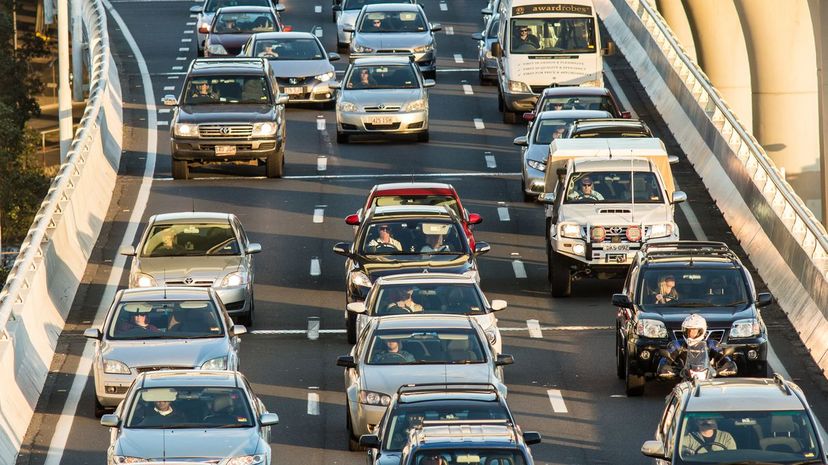
You must give plenty of notice to other drivers of your desire to change lanes by indicating. After this, you must check your mirrors and do a head check (turning to look over your shoulder) to check your blind spots.

RBTs, or random breath tests, are frequently set up throughout Australia to catch drink drivers. Generally speaking, it is considered a serious offense to refuse a breath test.
Advertisement
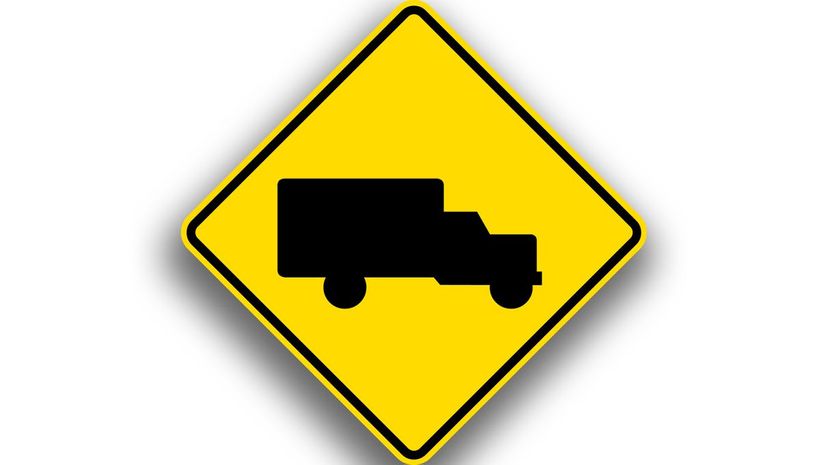
A sign with a truck on it indicates that slow-moving vehicles are entering traffic, typically from a truck stop or weighing station. Drivers must proceed with caution or enter the right-hand lane to make room for the trucks.
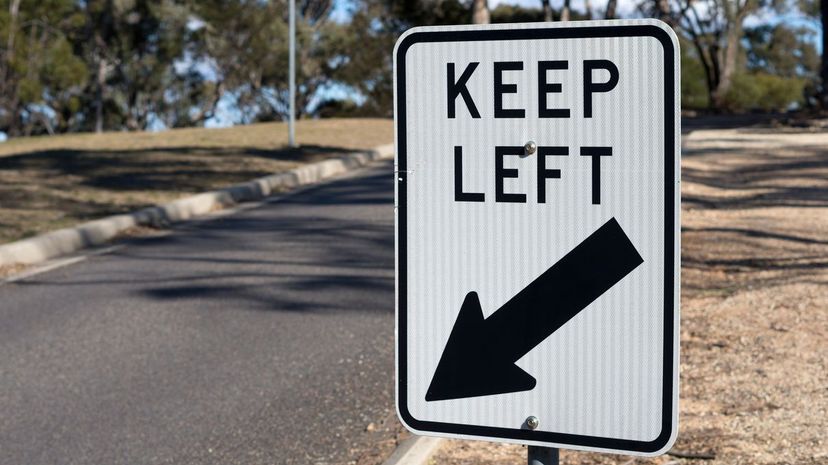
If you see this sign on a single-lane road, you must stay on the left side of the road. On a multi-lane road, you must generally stay in the left lane unless overtaking. Exceptions are made in heavy traffic.
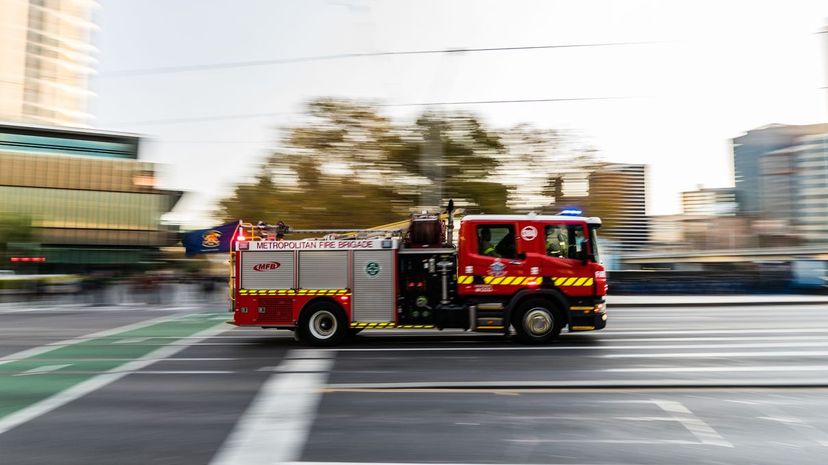
Upon hearing or seeing emergency vehicle sirens, it's important to stay alert to determine if the emergency vehicle needs to pass you or make its way through an intersection. If it needs to pass you, pull over to the left.
Advertisement
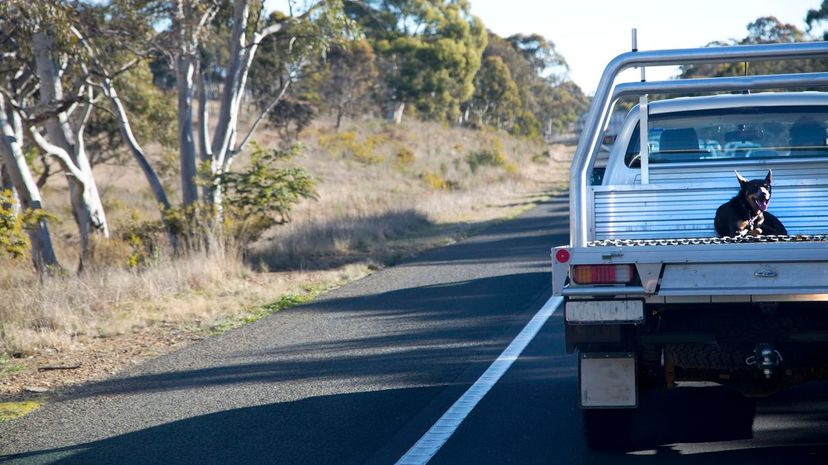
Three seconds is a good rule of thumb when it comes to indicating. This gives you enough time to double-check to see if the road is clear as well as give other drivers enough notice.
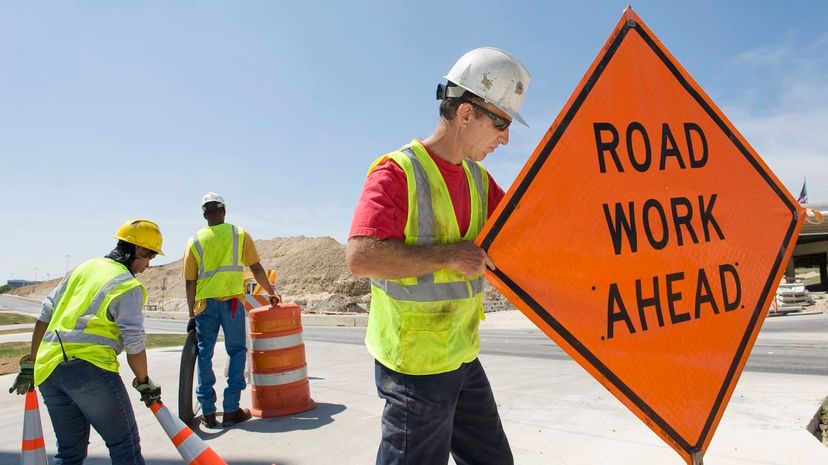
Roadwork speed limits will vary depending on the traffic at any given time, but generally, 40km/h is a safe speed limit to stick to. This ensures that you and the workers on site can remain safe.

New South Wales is known for having harsher restrictions on learner drivers. They may only drive up to 90km/h, while in other states they may drive up to 100km/h or at whatever the posted speed limit is.
Advertisement

These signs warn you that the area you are in has a large number of kangaroos, so you can avoid any unfortunate road kill incidents. You may also see signs with wombats or camels on them.

The city of Melbourne is notorious for its hook turns, which require drivers to perform right turns from the left lane in order to give way to trams. Drivers must approach the middle of the intersection and turn when the traffic clears.
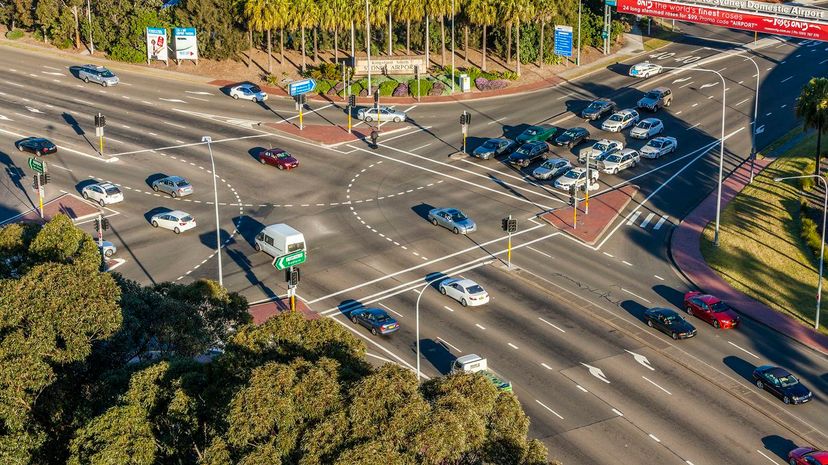
Not all traffic lights have a separate turn signal. Instead, drivers must approach the middle of the intersection when the light goes green, wait for all other traffic to pass and then perform their right turn.
Advertisement
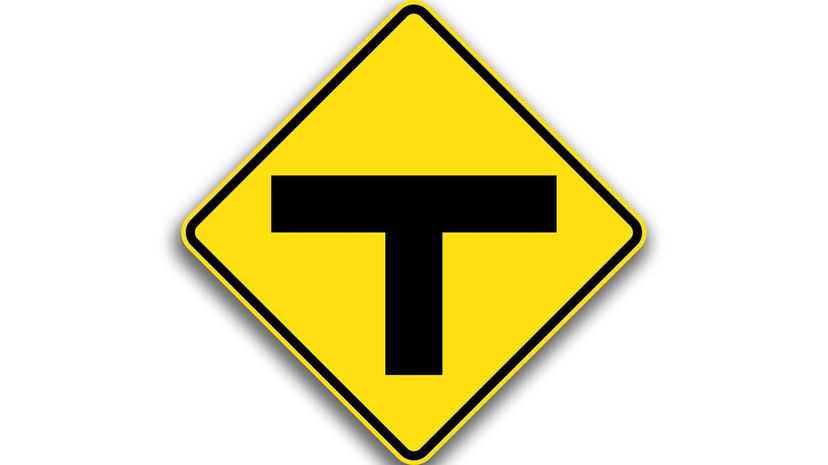
A road sign with an image resembling a T indicates that you are approaching a T-intersection. This means the road you are on is ending, and that you must yield to traffic on the intersection roadway.
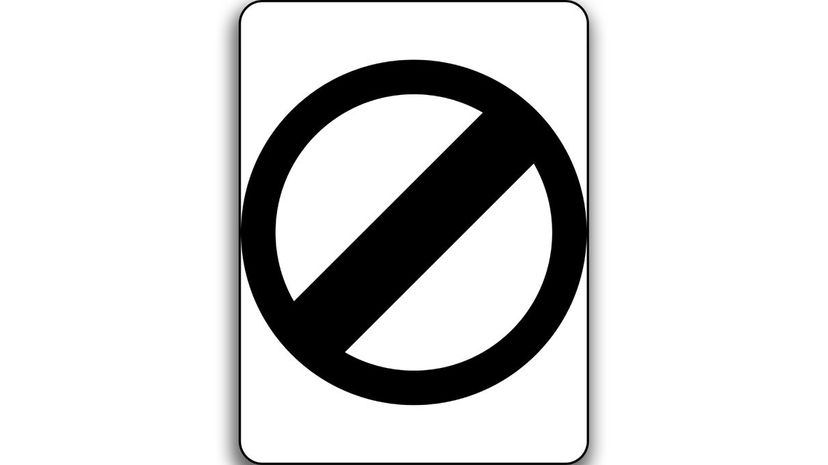
This is an unrestricted speed sign, which means you may drive according to the conditions. Such signs are most commonly found in the outback, where there's practically no traffic!
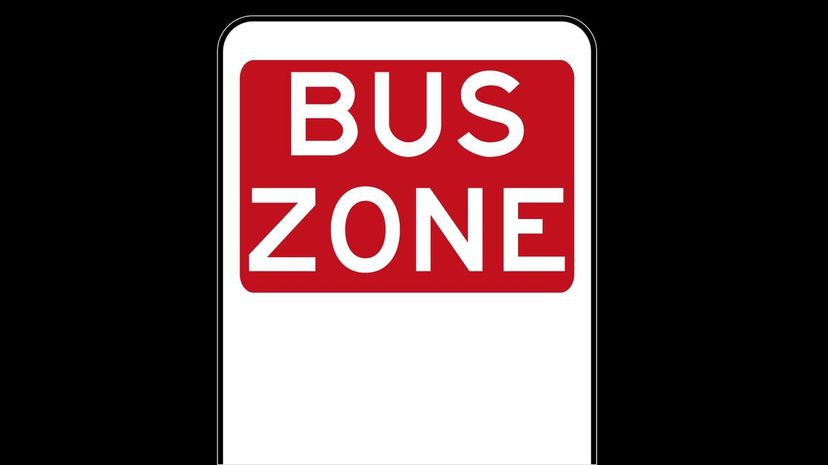
A bus zone is an area allocated specifically for buses to drop off and pick up passengers. Drivers may not park or stop in these spaces, unless they are within the time frame specified on the sign.
Advertisement
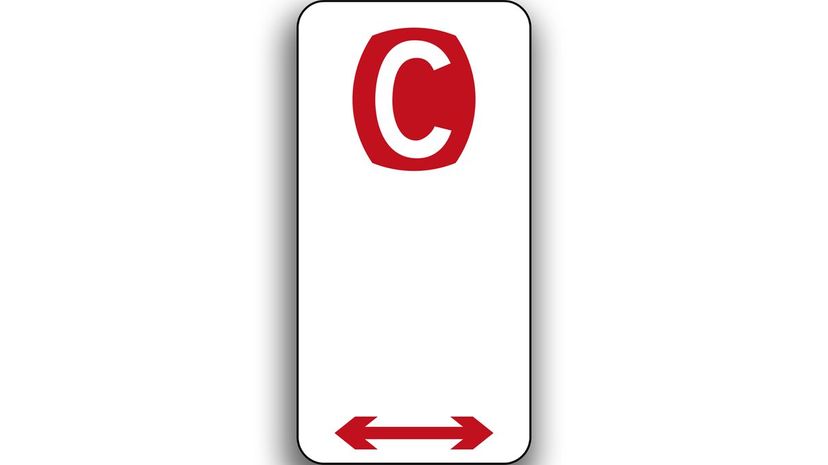
Simply put, clearways must be kept clear of vehicles. A specific time frame applies, which will be mentioned on the sign. This helps to facilitate traffic flow during peak hour traffic.
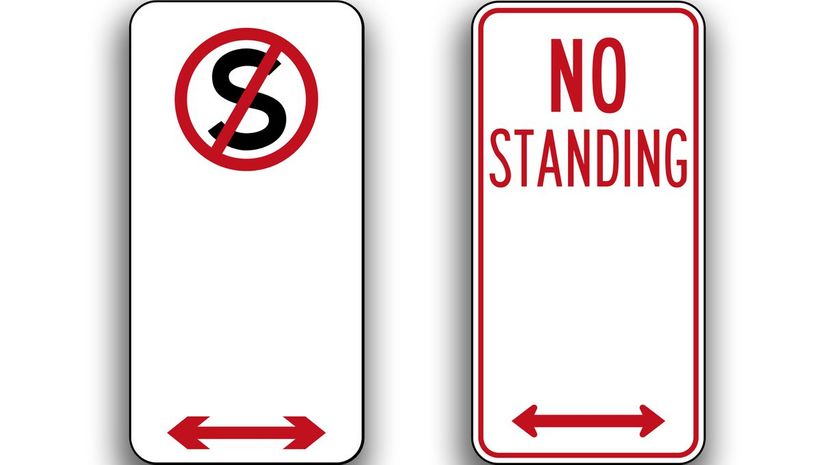
There is generally no difference between No Standing and No Stopping signs. They both mean that you cannot stop your vehicle there for any reason, even if you are just dropping someone off or picking someone up.

The term 'blind spot' typically refers to the area that you cannot see in your side mirror. In order to see clearly, you will need to turn your upper torso and head to check if the coast is clear.
Advertisement

A sign that resembles a Y indicates that the road you are on will soon divide. This means you must know which lane you need to enter, or prepare to stay in the left lane by default.

Generally, it's best to only perform a U-turn at the traffic lights if there is a sign that specifically says U-turns are permitted. Otherwise, you may also perform a U-turn if there aren't any continuous or unbroken road markings.
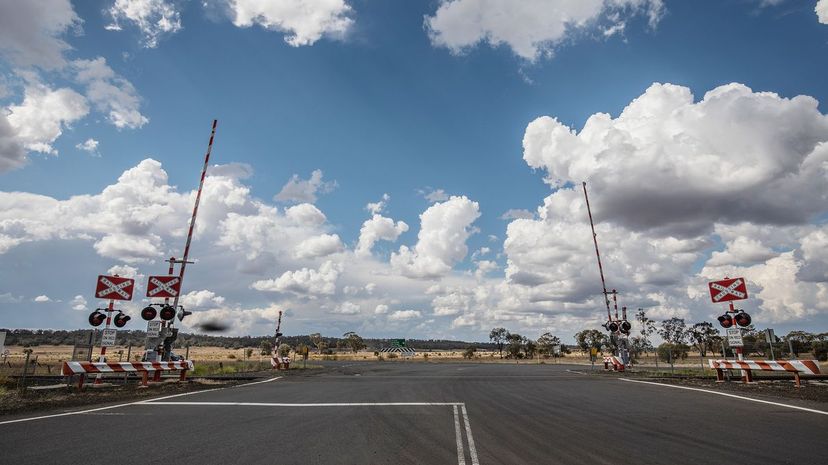
Train crossings will typically feature a gate, flashing lights and other warning devices. As soon as the lights start to flash or any sirens start to sound, you must come to a complete stop and only proceed when the warning devices stop.
Advertisement
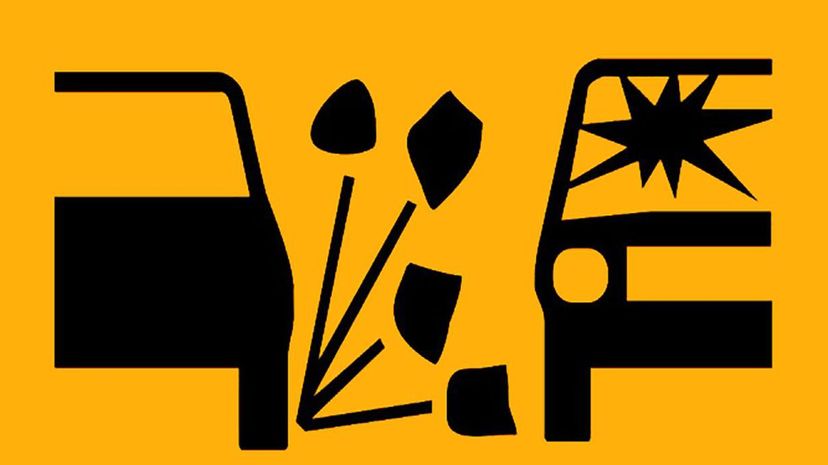
This sign means that drivers must look out for loose stones, which may hit other cars. To minimise risk, drivers are encouraged to drive slowly and cautiously, avoiding rocks where possible.
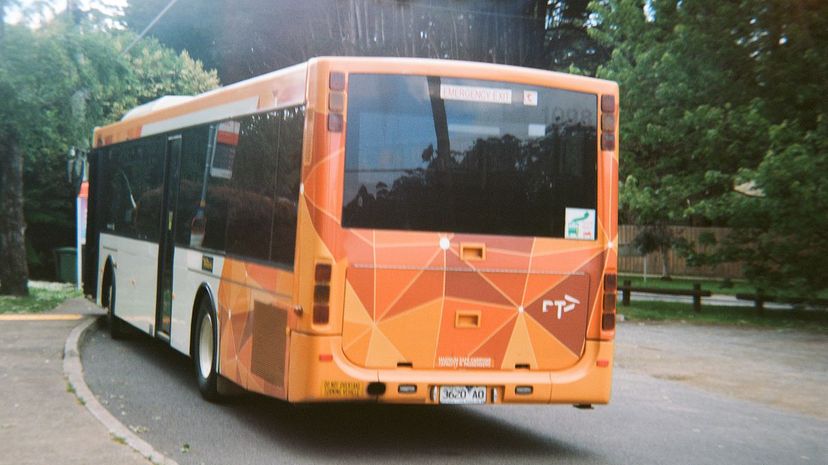
Typically, drivers are to give way to public transport vehicles, especially in the case of large buses. This means that you must let a bus in if it is indicating to join the stream of traffic from the bus stop or bay.
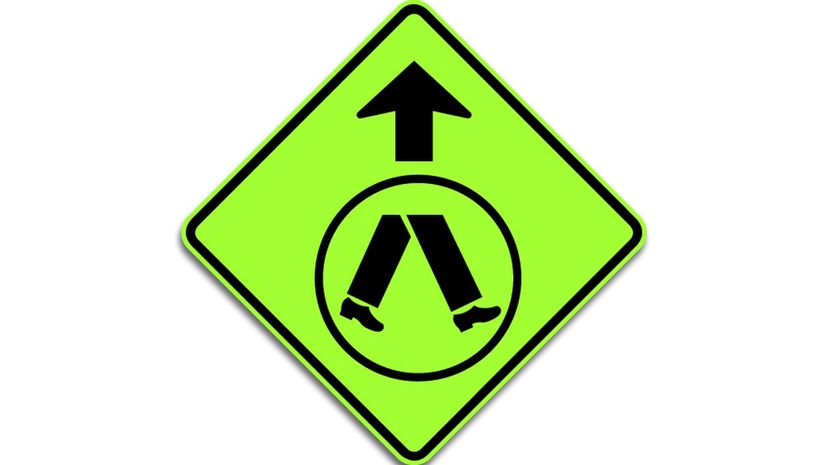
This sign indicates that there is a pedestrian crossing ahead, typically in the form of a zebra crossing. A sign featuring two people simply means to look out for pedestrians in the area.
Advertisement
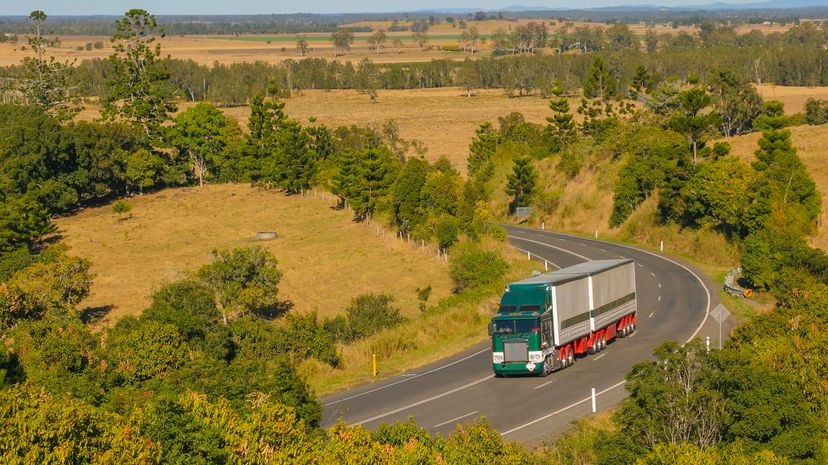
Long vehicles need the extra space to turn left, which is why they will often do so from the middle lane. If a vehicle just ahead of you is indicating to turn left, you must slow down and let it pass.

Transit lanes (also known as T2 or T3 lanes) are for buses, taxis and other vehicles carrying multiple occupants to enjoy more convenient travel. Emergency vehicles, bikes and motorcycles may also use them.
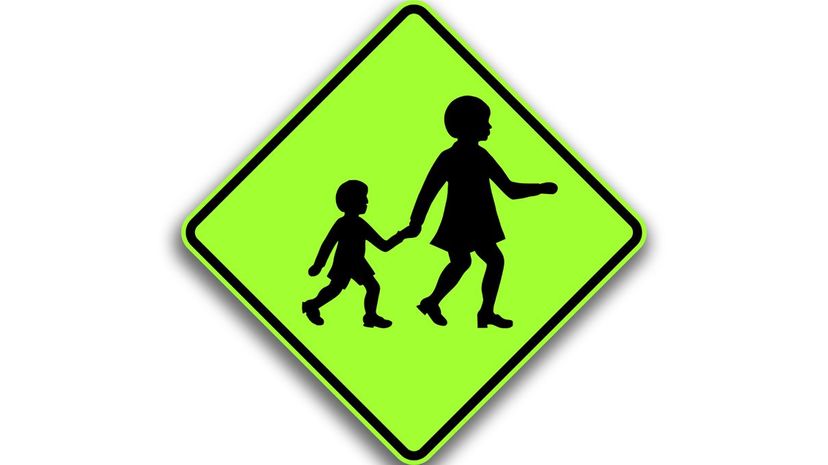
Children Crossing signs or flags are common around schools, and during the signposted hours, drivers must give way to children crossing the road. This means you must remain stationary until it is safe to proceed.
Advertisement
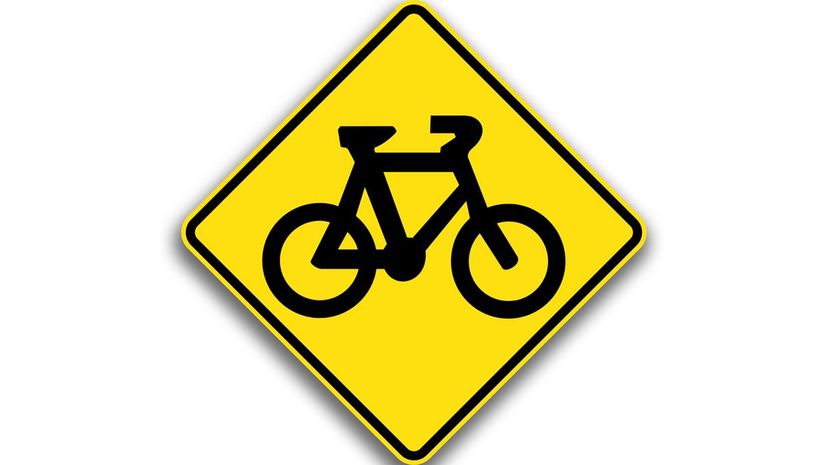
This common road sign indicates to drivers that they must simply look out for cyclists. If the same symbol is on the road itself, it means it is a bicycle lane, which only cyclists may use.
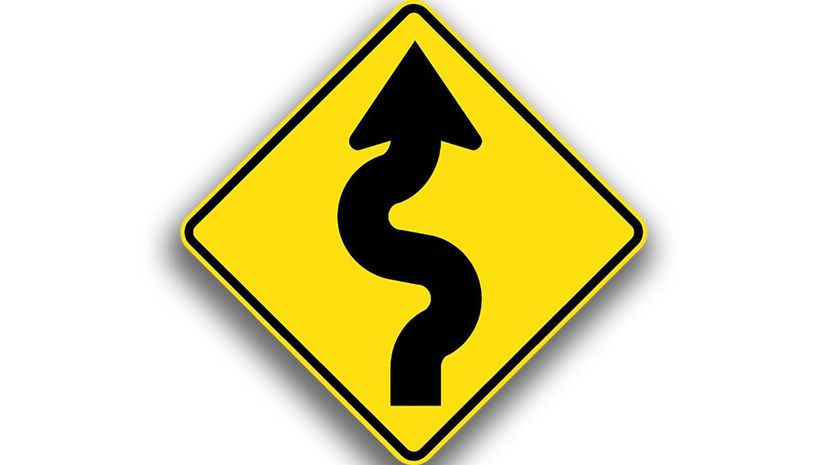
This sign can be spotted in mountainous areas or other areas which have curved, winding roads. It indicates to drivers that they may not have full visibility around the bends, and must therefore drive carefully.
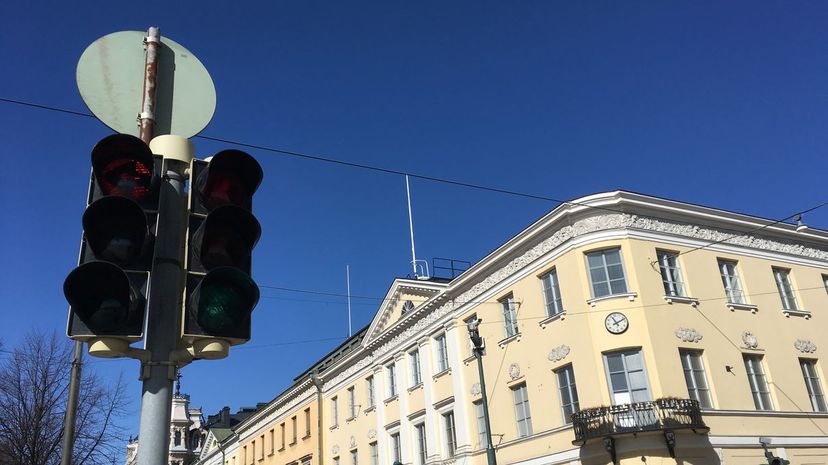
To aid with the flow of traffic, the green light will often go first for those travelling straight. Then after some time, the right arrow will turn green for those in the right lane.
Advertisement

A sign with a cow and a sheep on it indicates that livestock may be crossing in the area, or that there may be an established crossing for livestock. It is important to drive slowly to not startle the livestock.
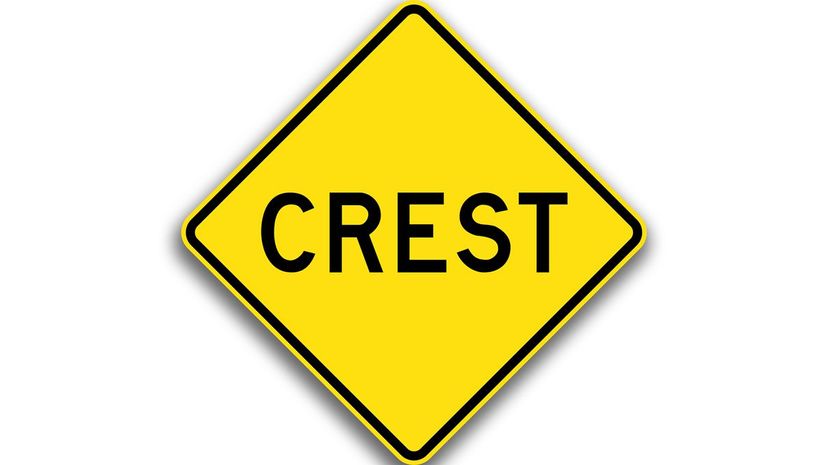
The "crest" sign indicates to drivers that they are approaching the highest point of the hill or mountain, which means that visibility of the road ahead may be limited. Drive carefully.

The refuge island sign indicates that pedestrians are crossing in stages by waiting for traffic to pass on the refuge island in the centre of the road. Drivers do not need to give way, but it is worth staying vigilant.
Advertisement
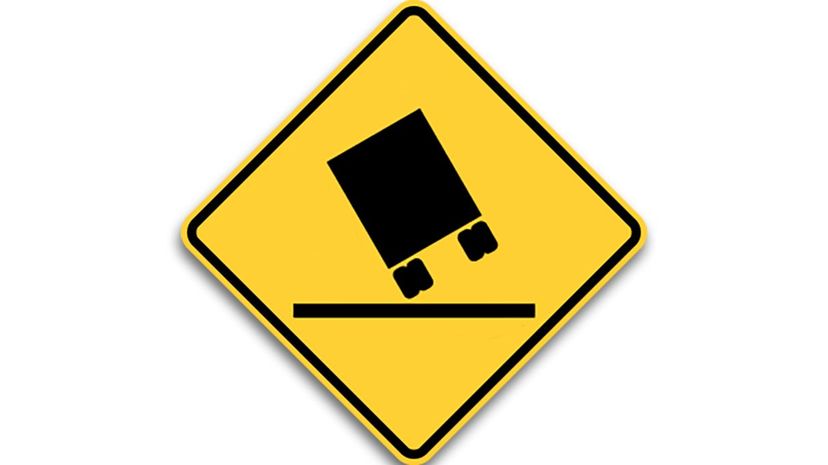
A sign with a tilting truck warns truck drivers that they could tip over when driving around the curve of the road or turning. There may also be a recommended speed limit for these heavy vehicles.